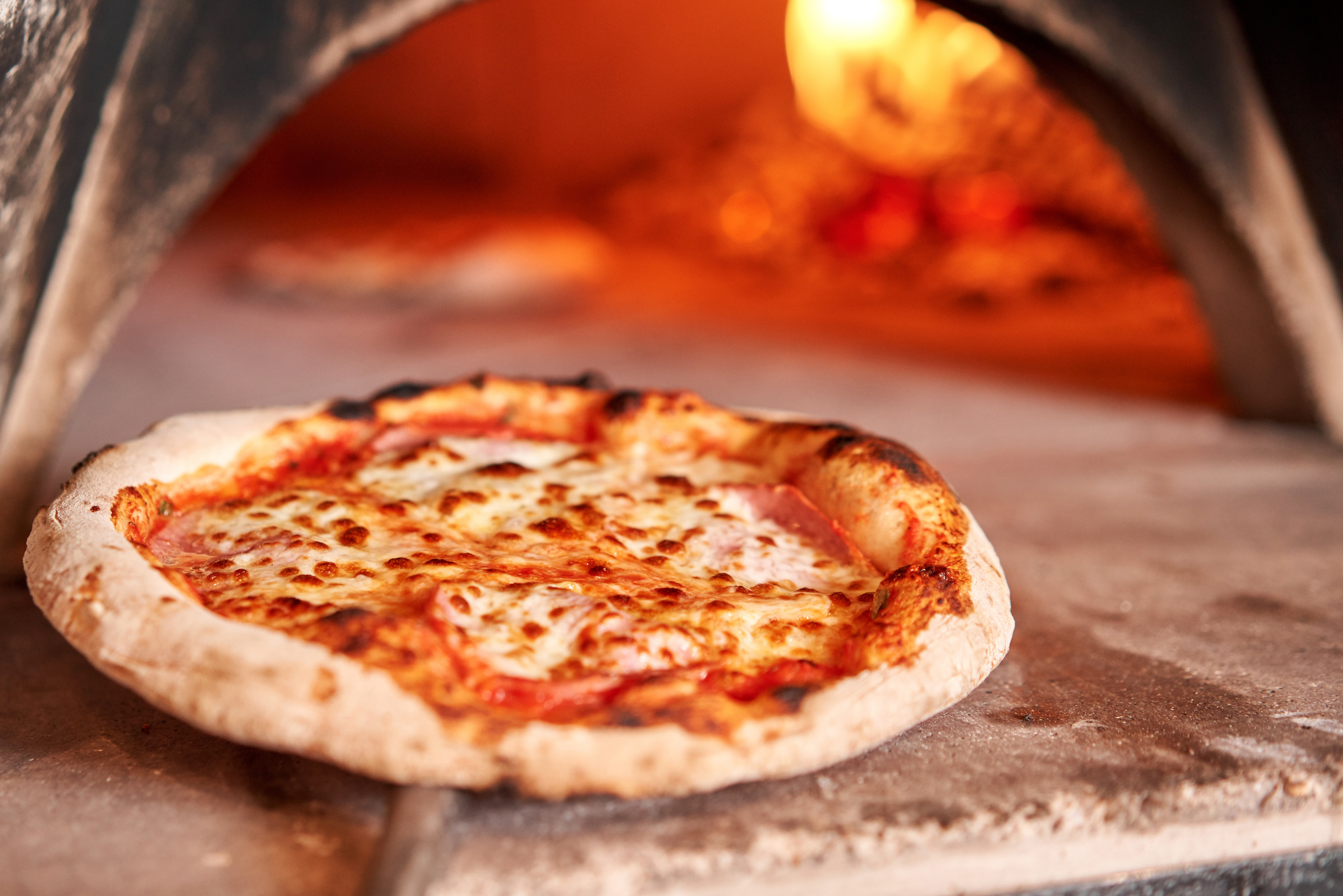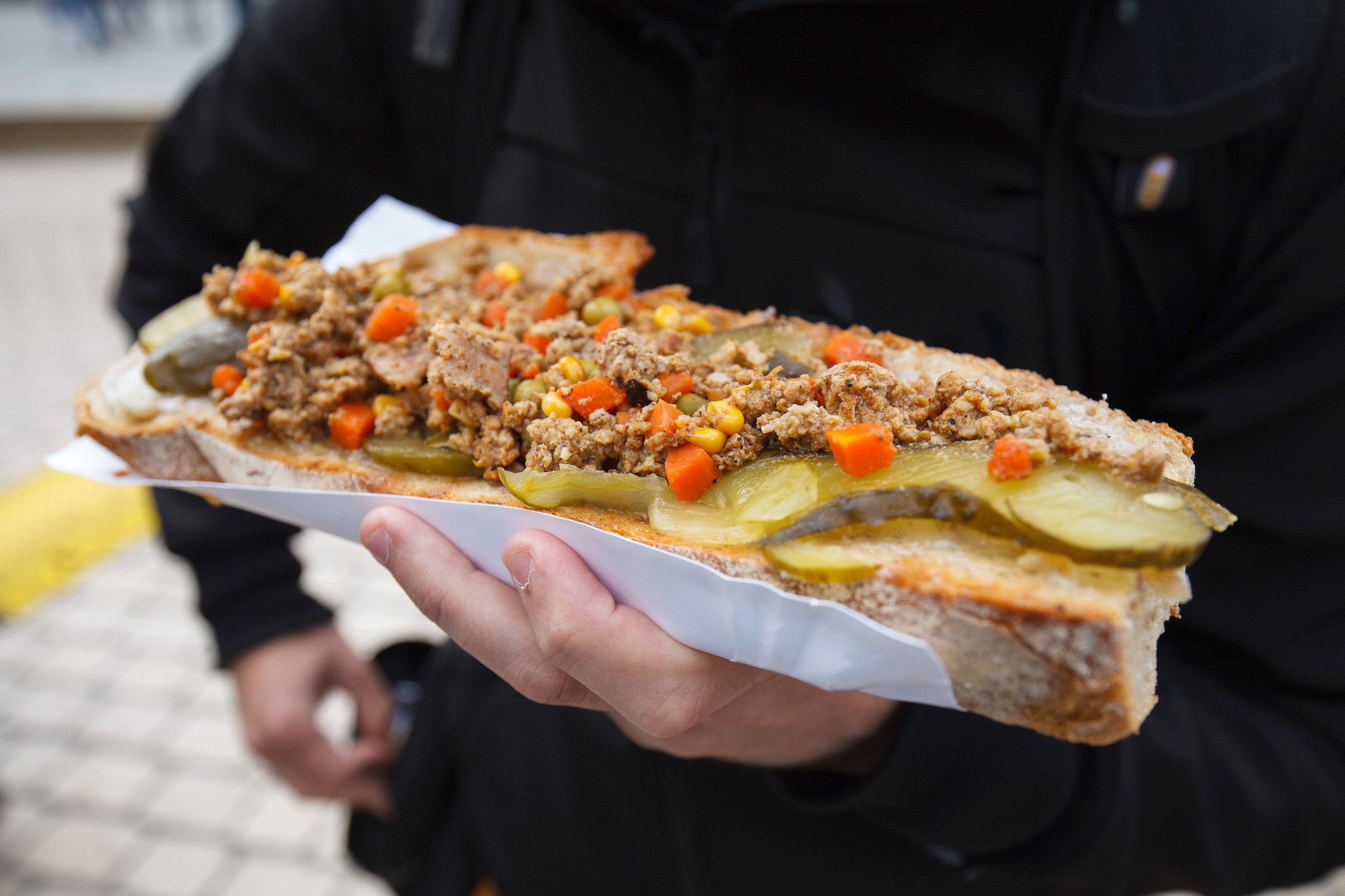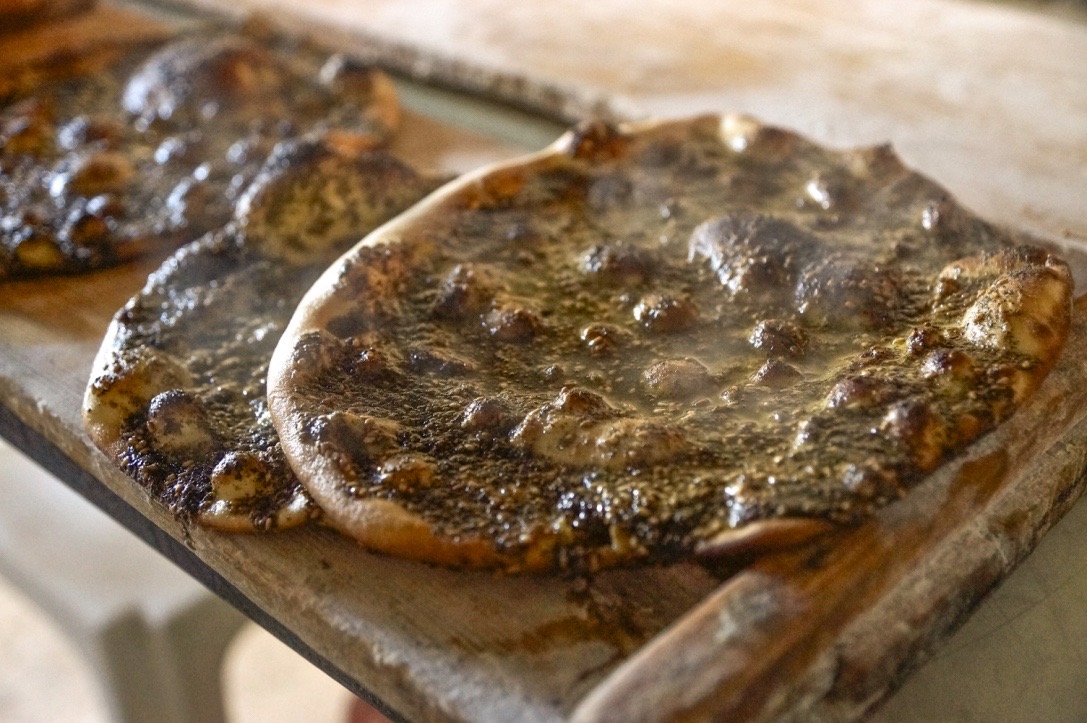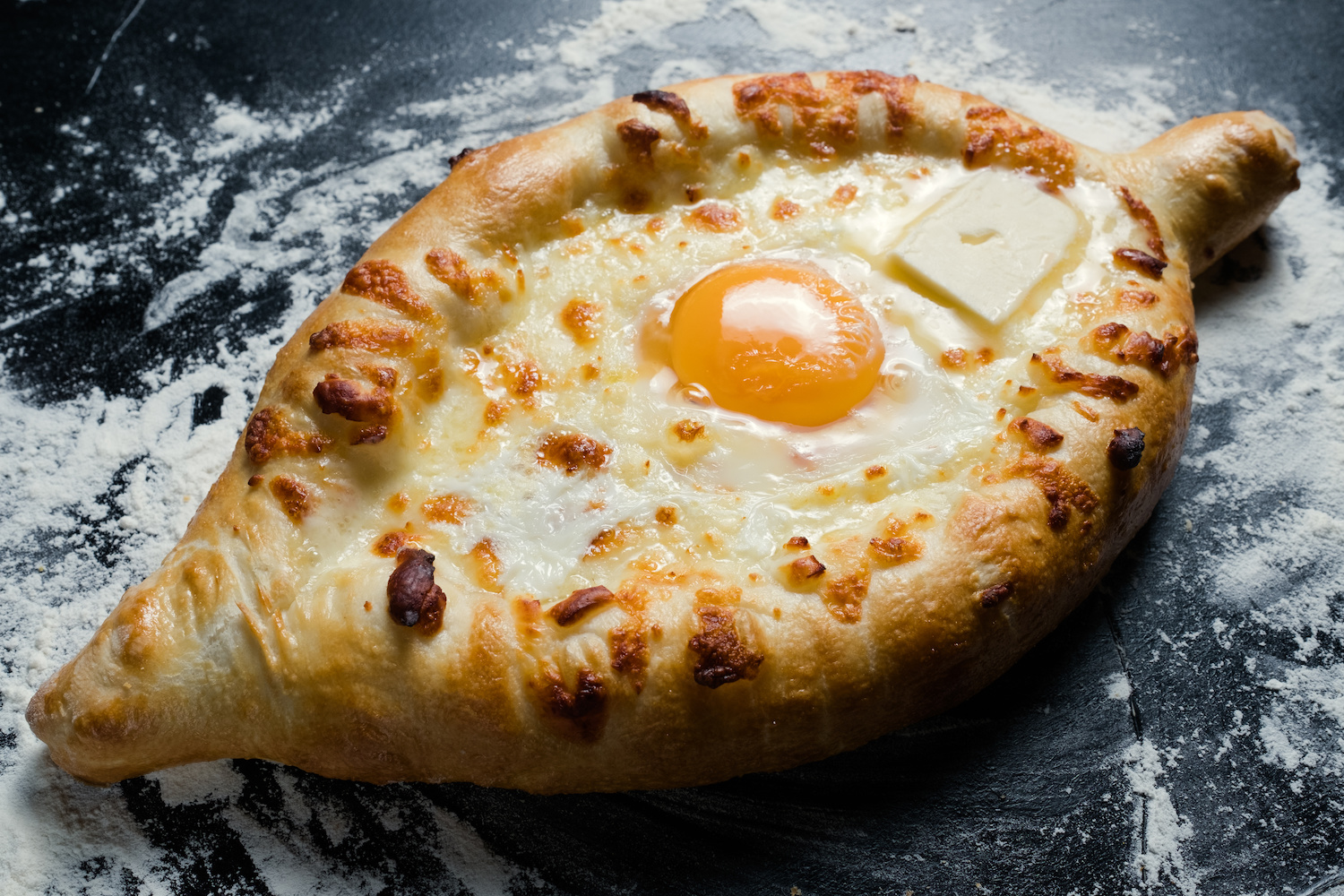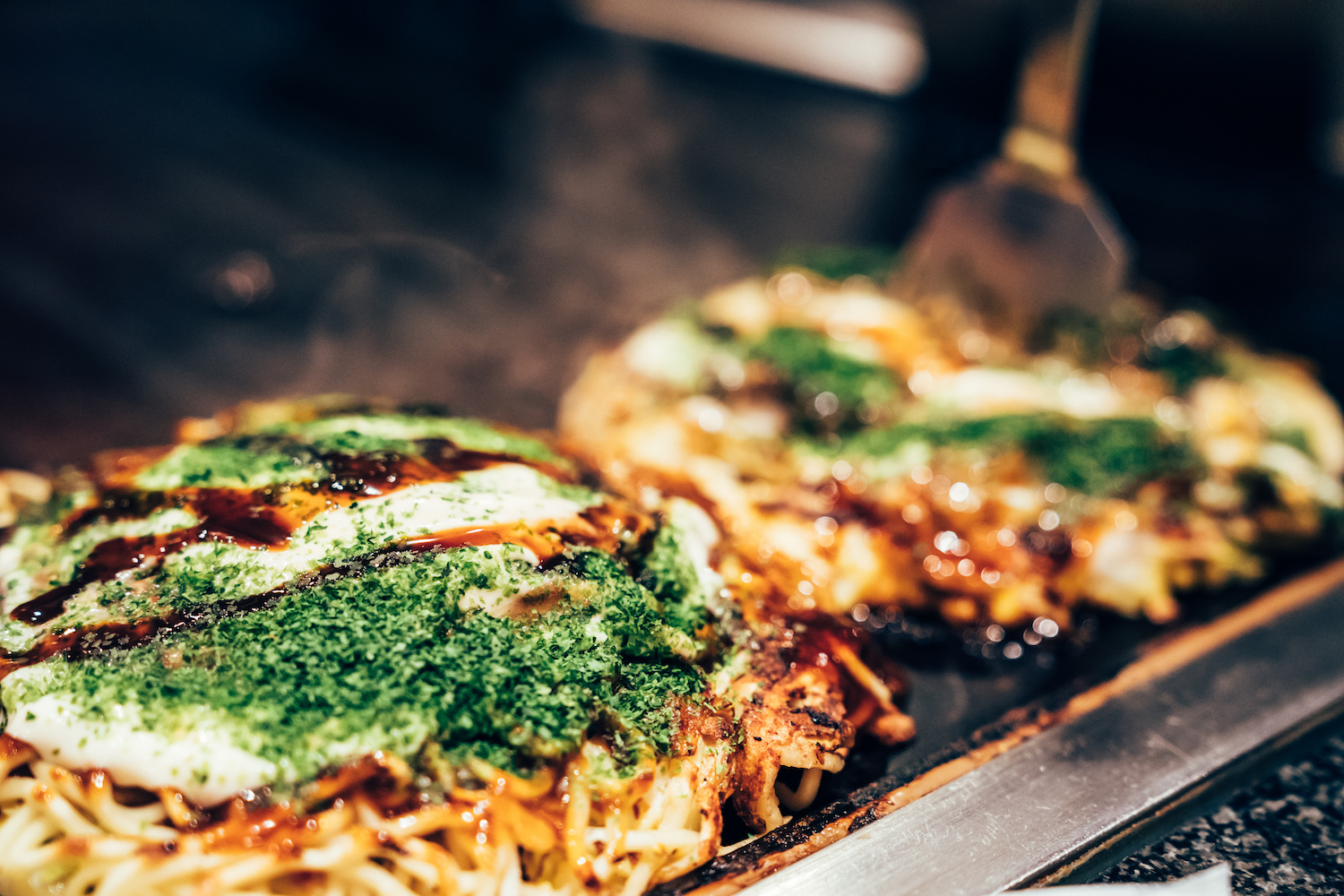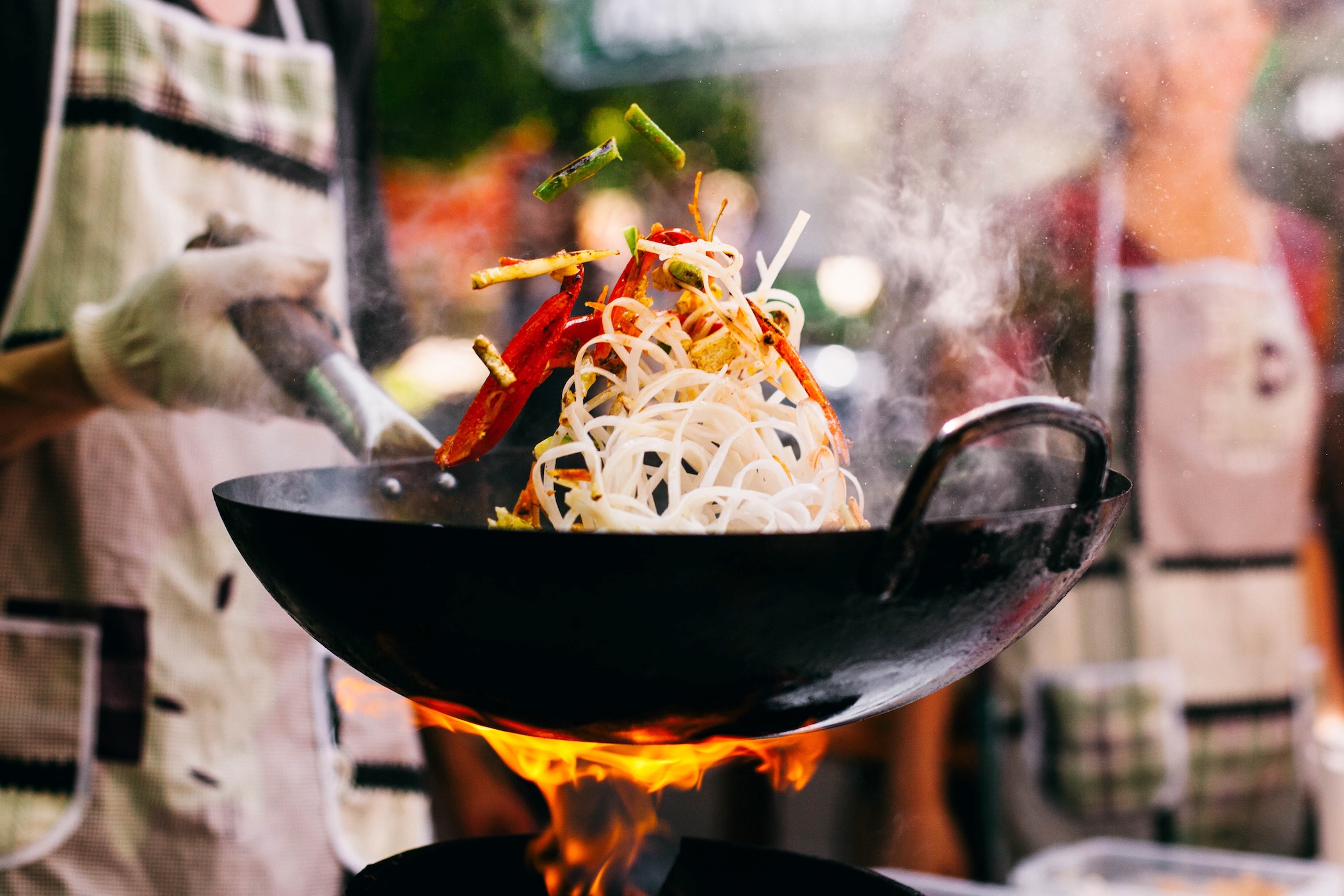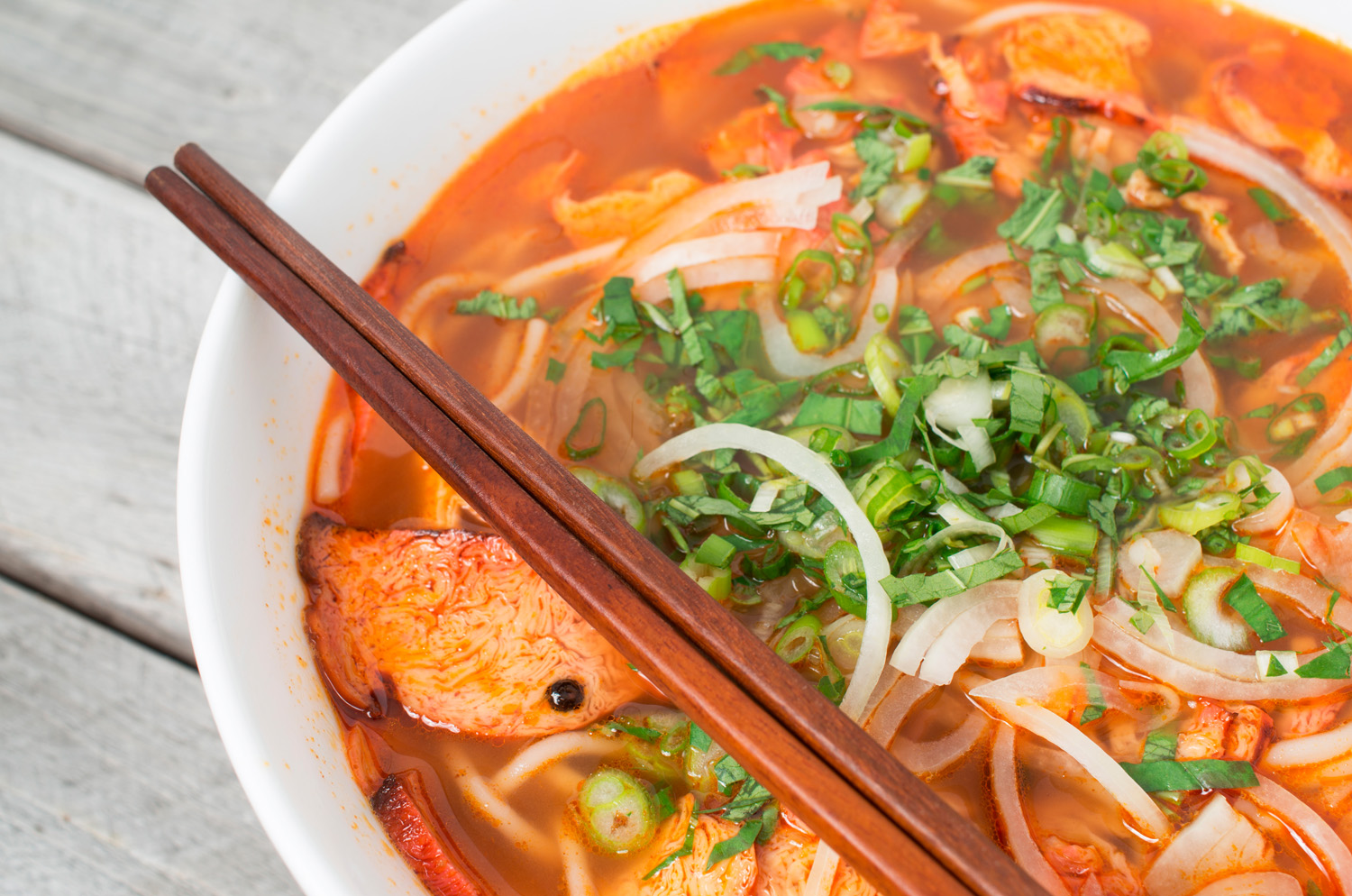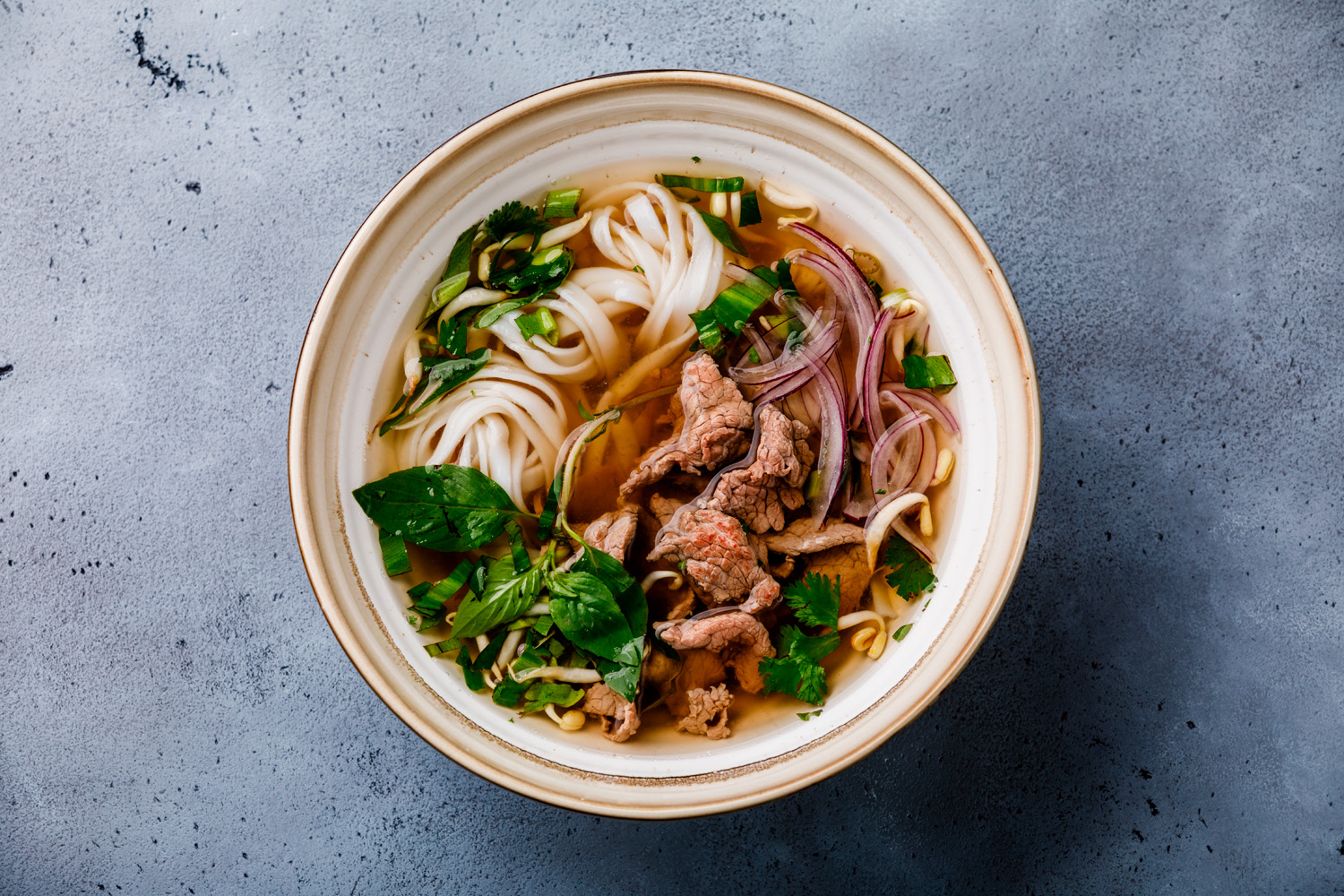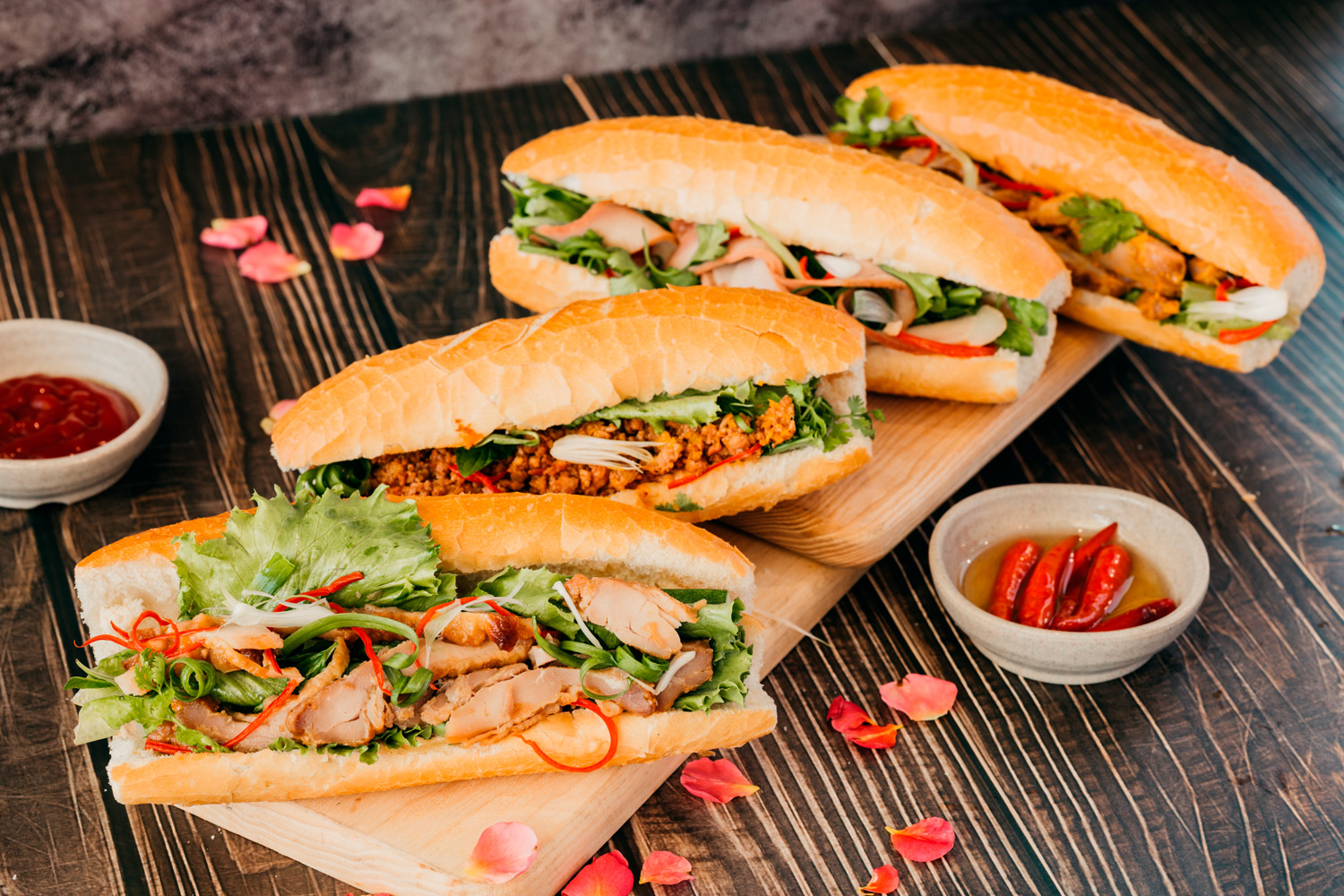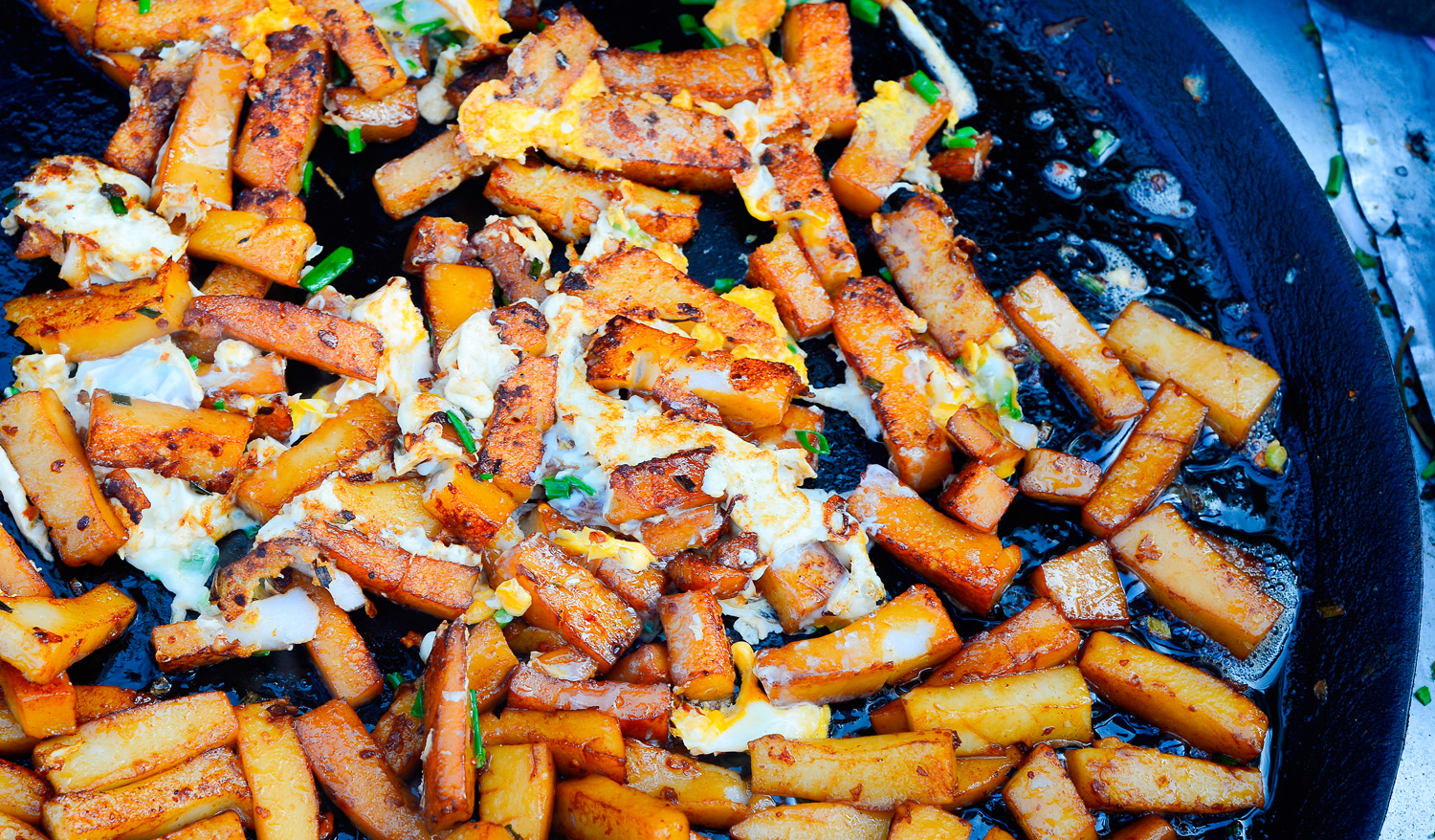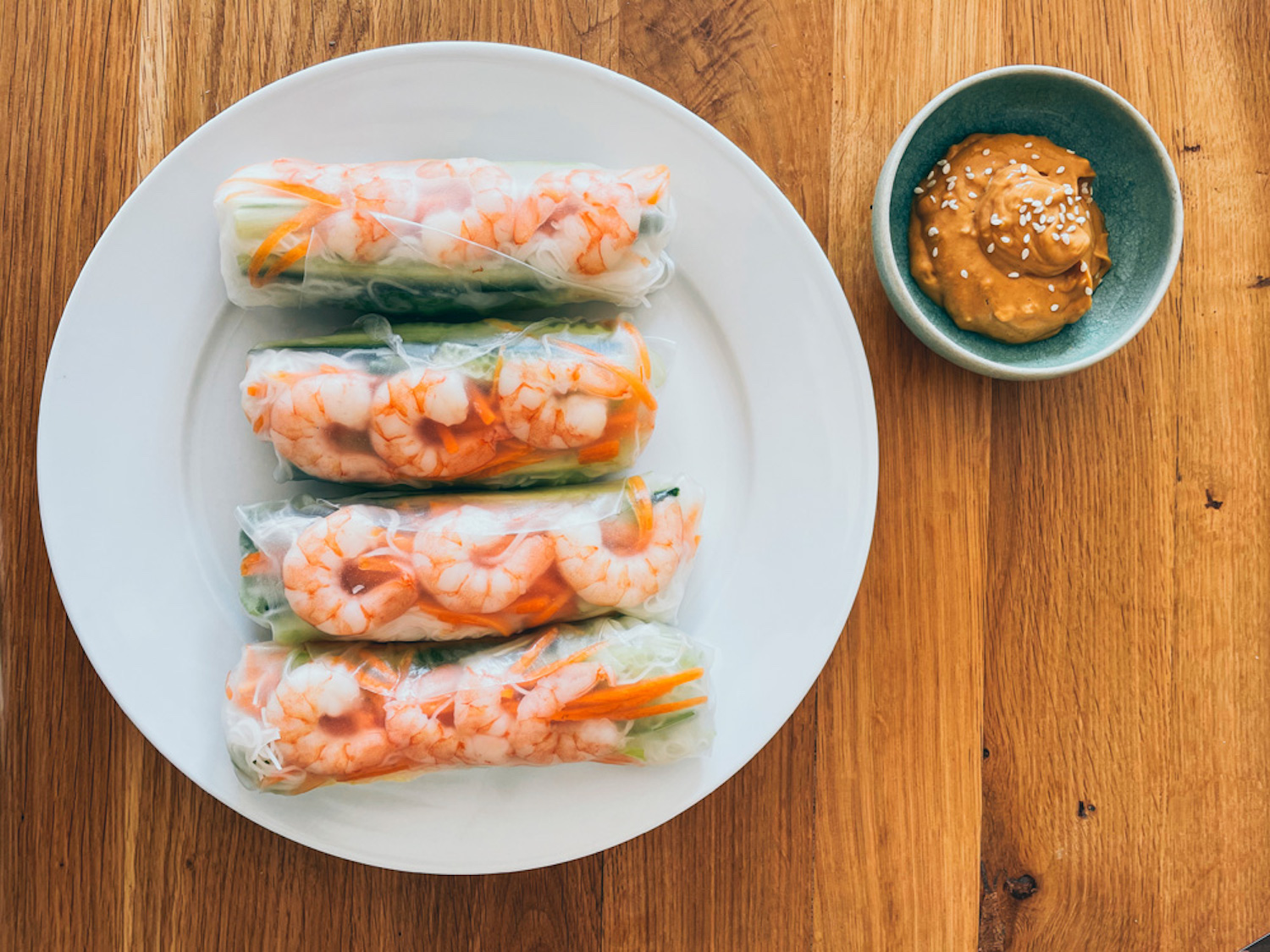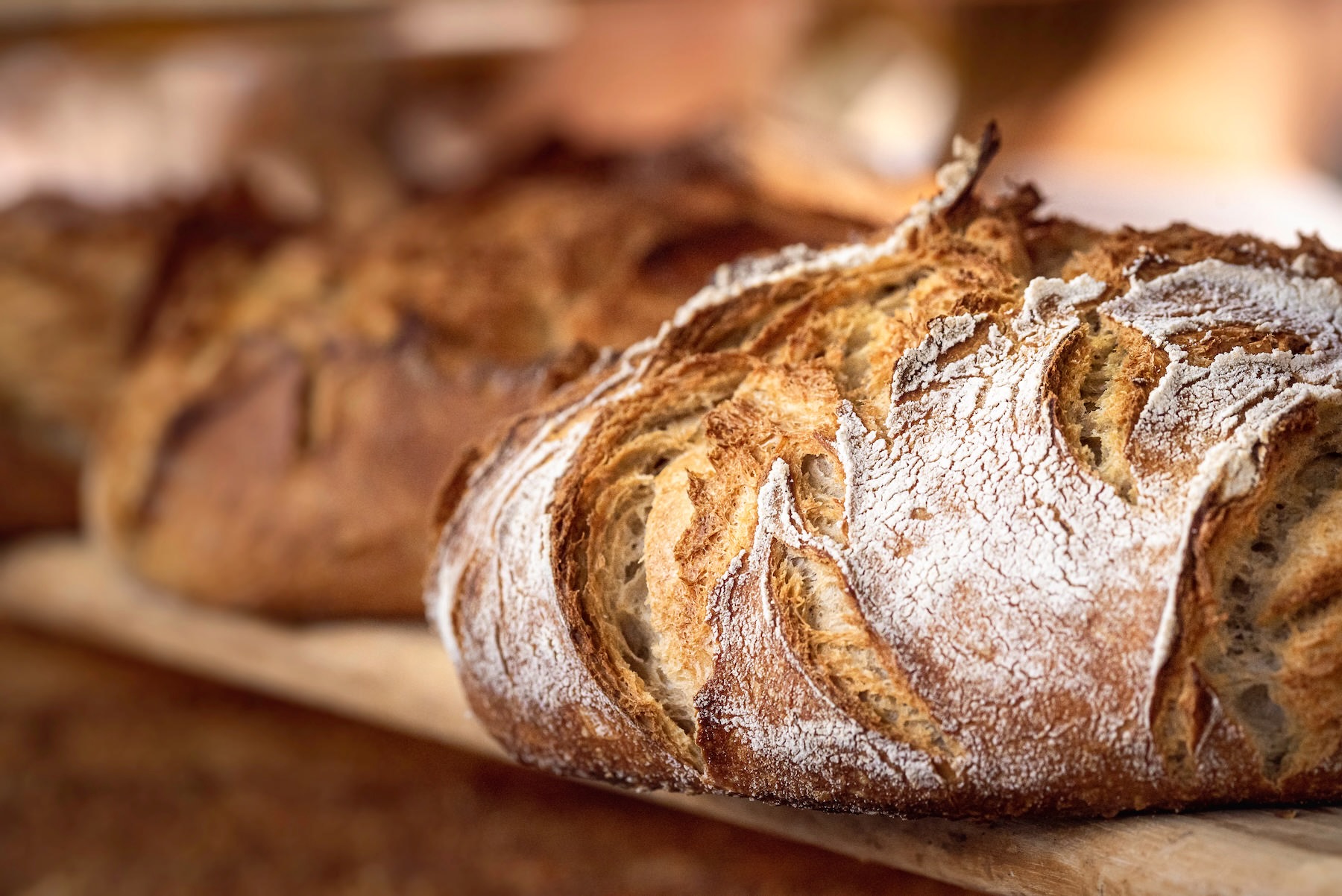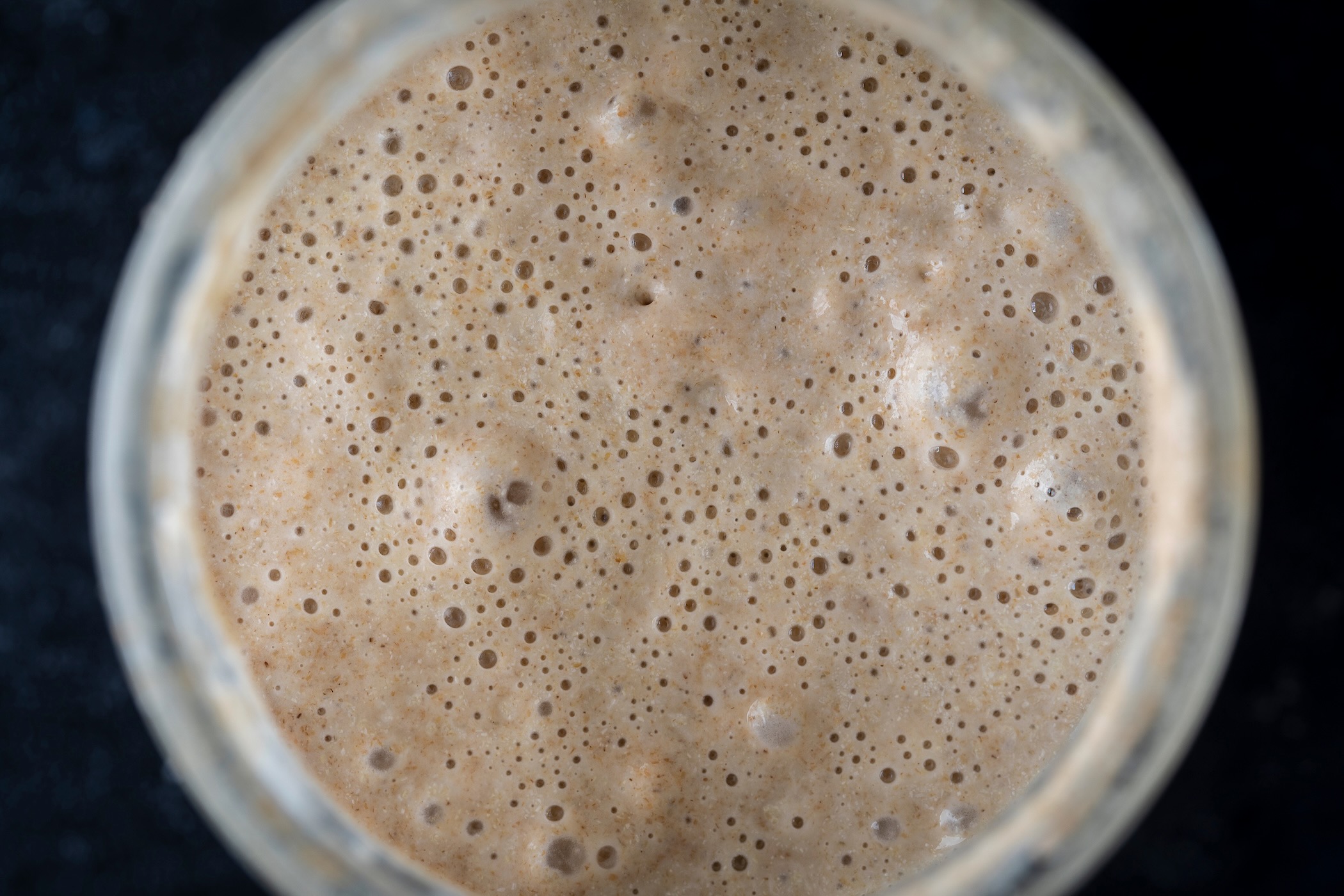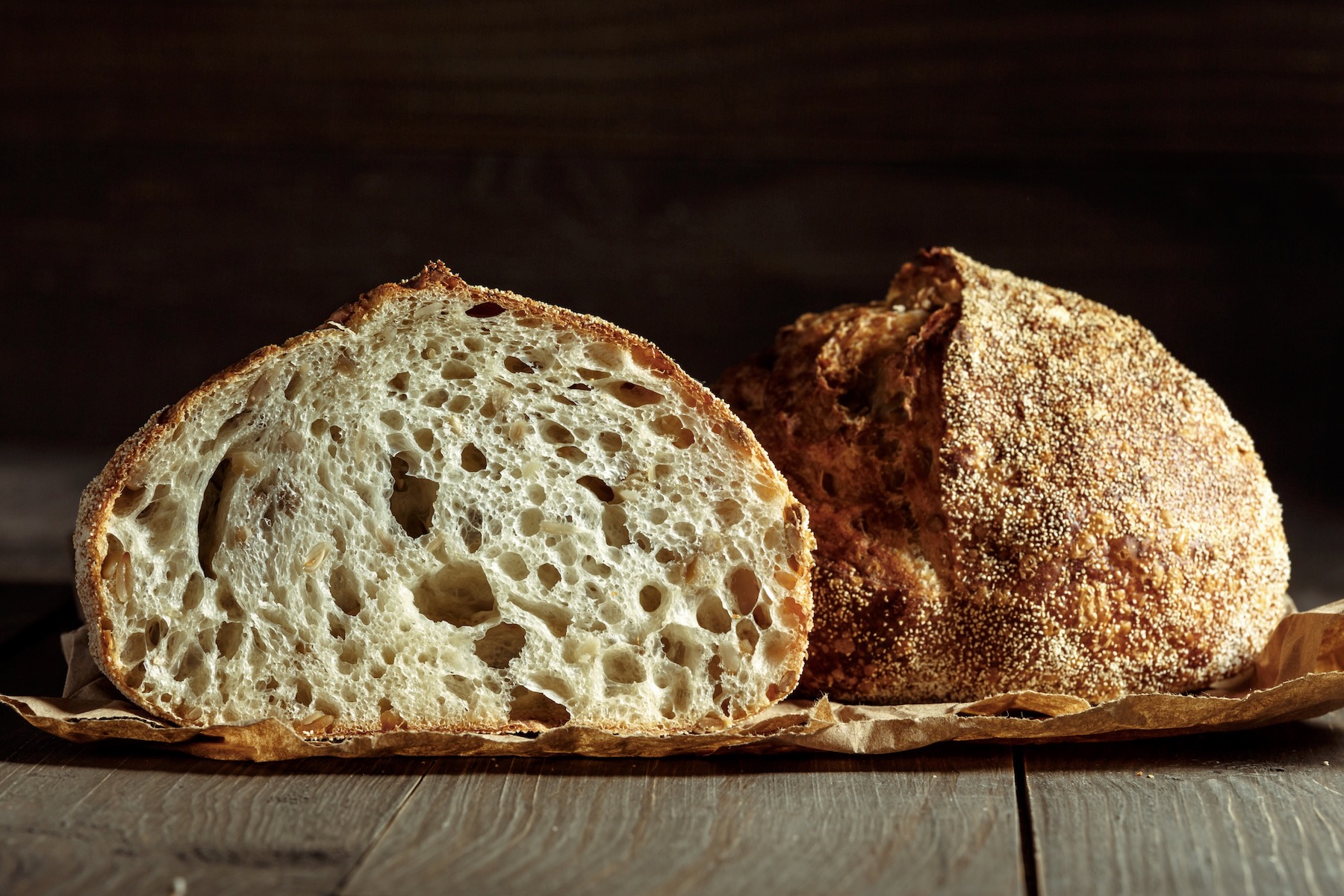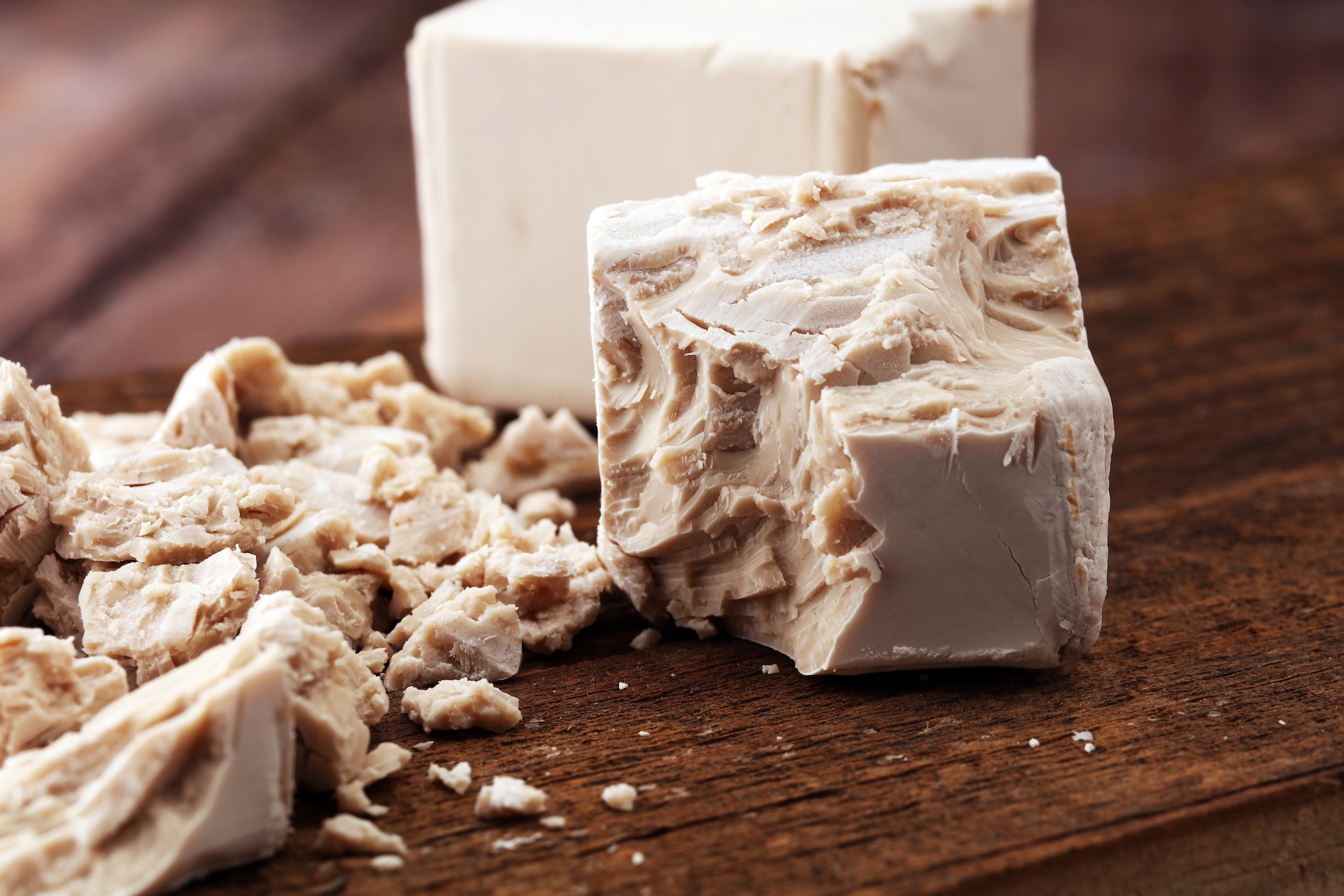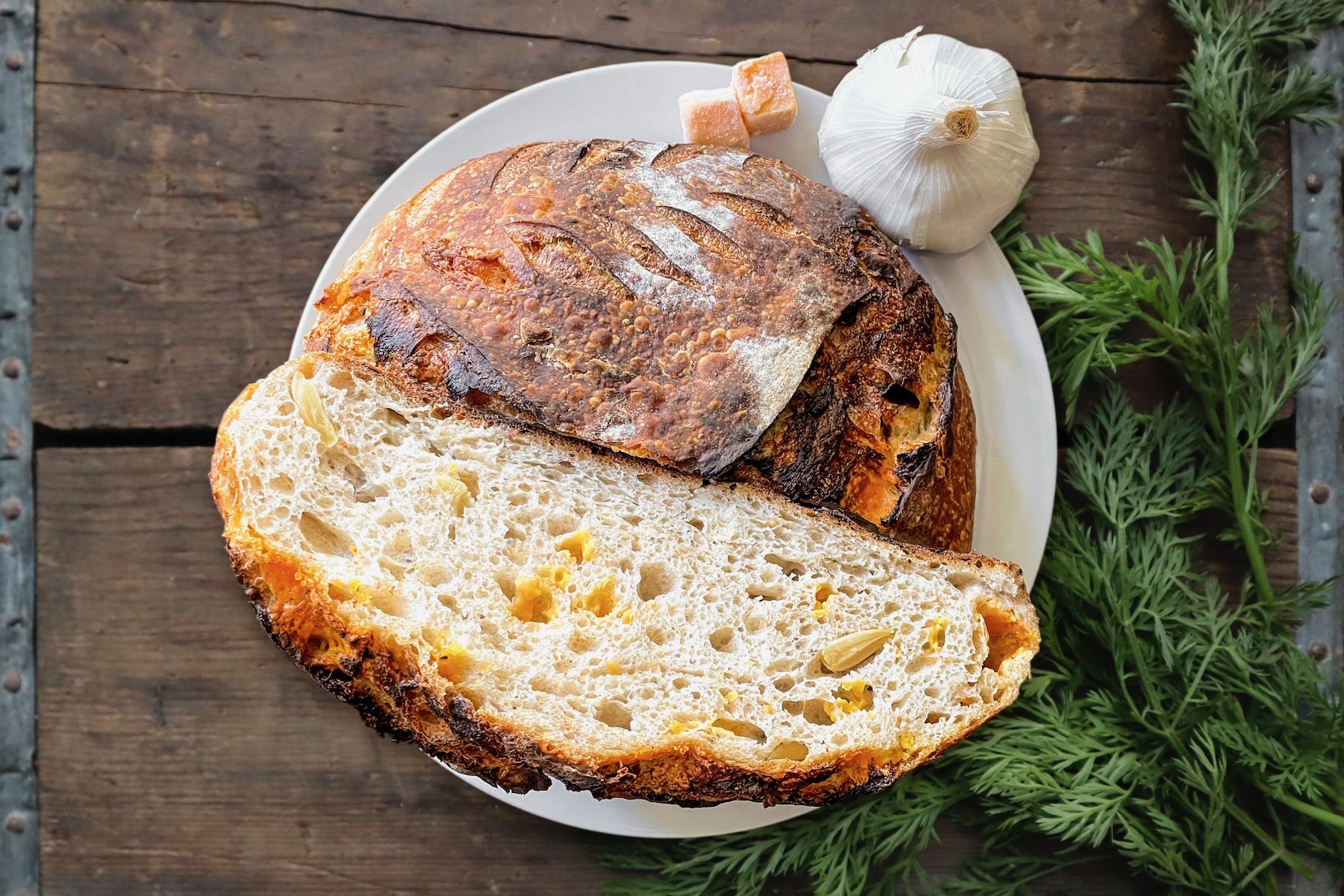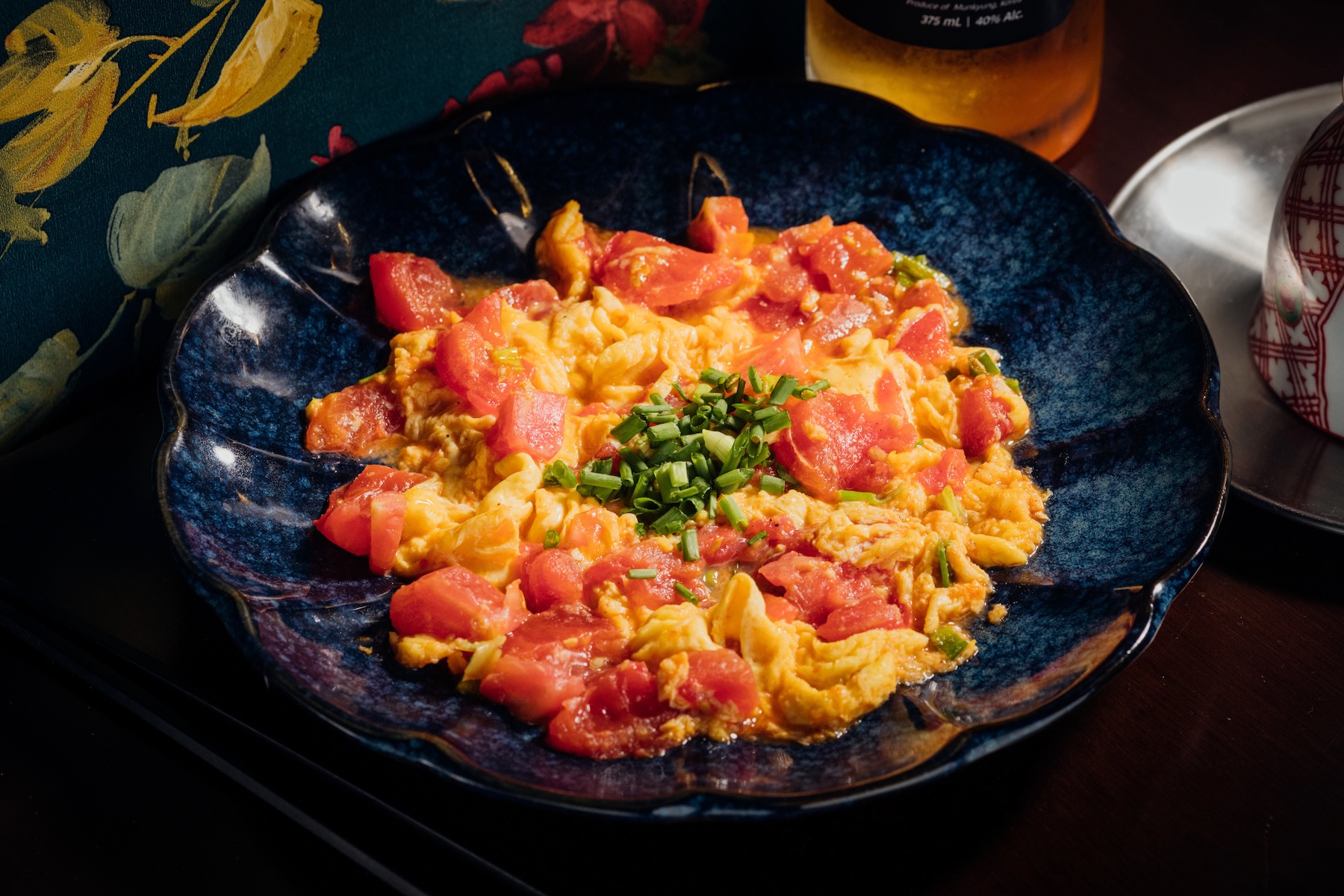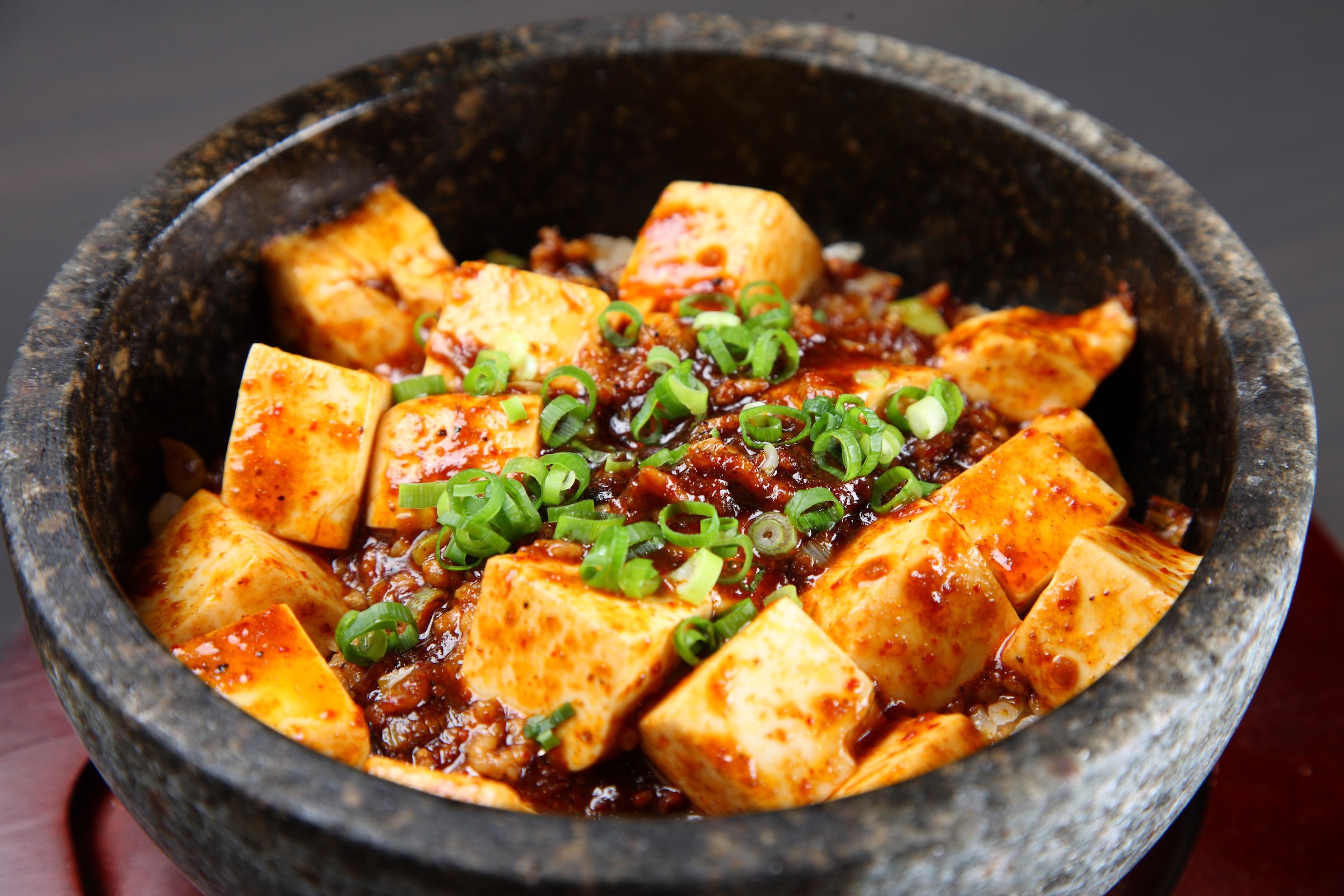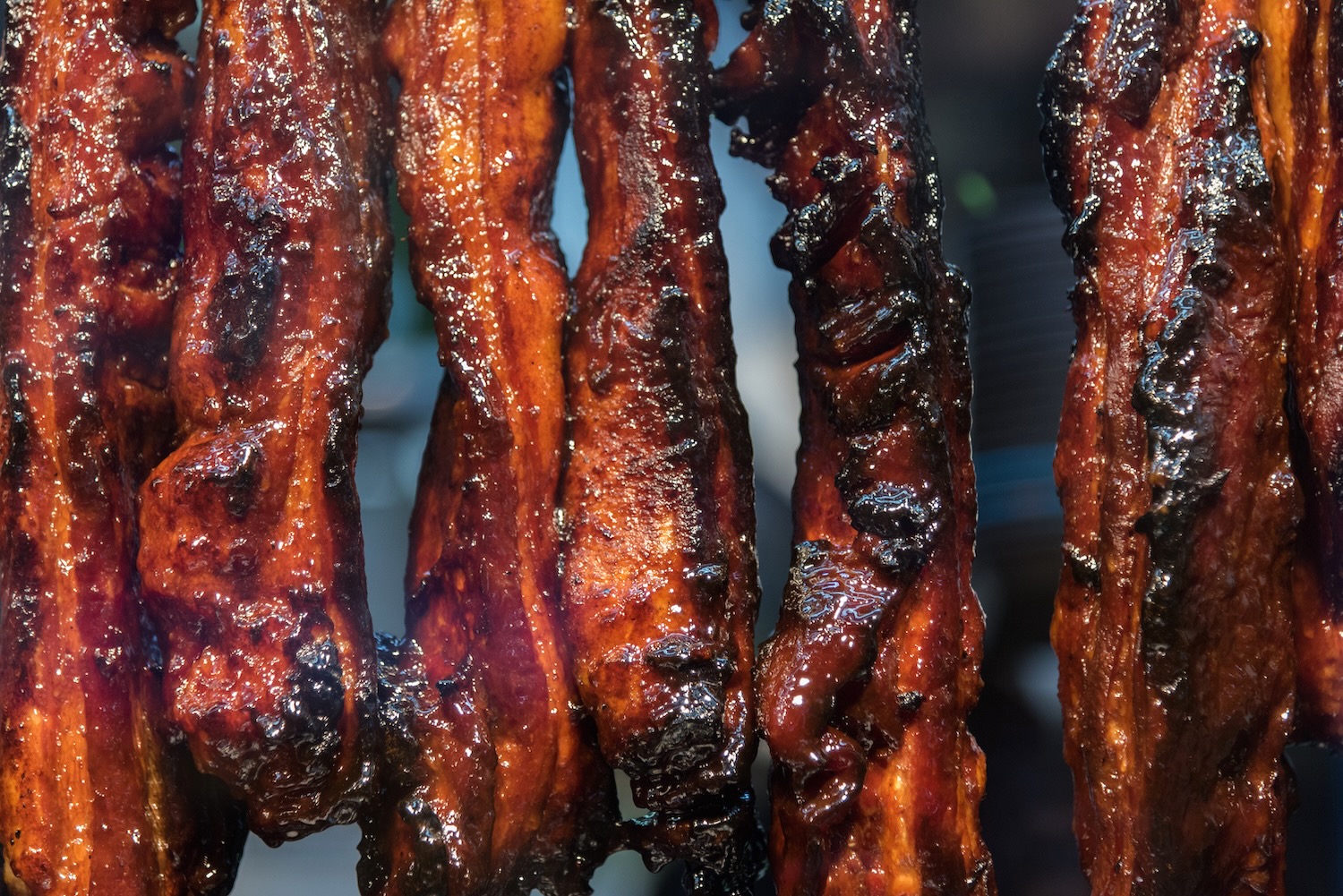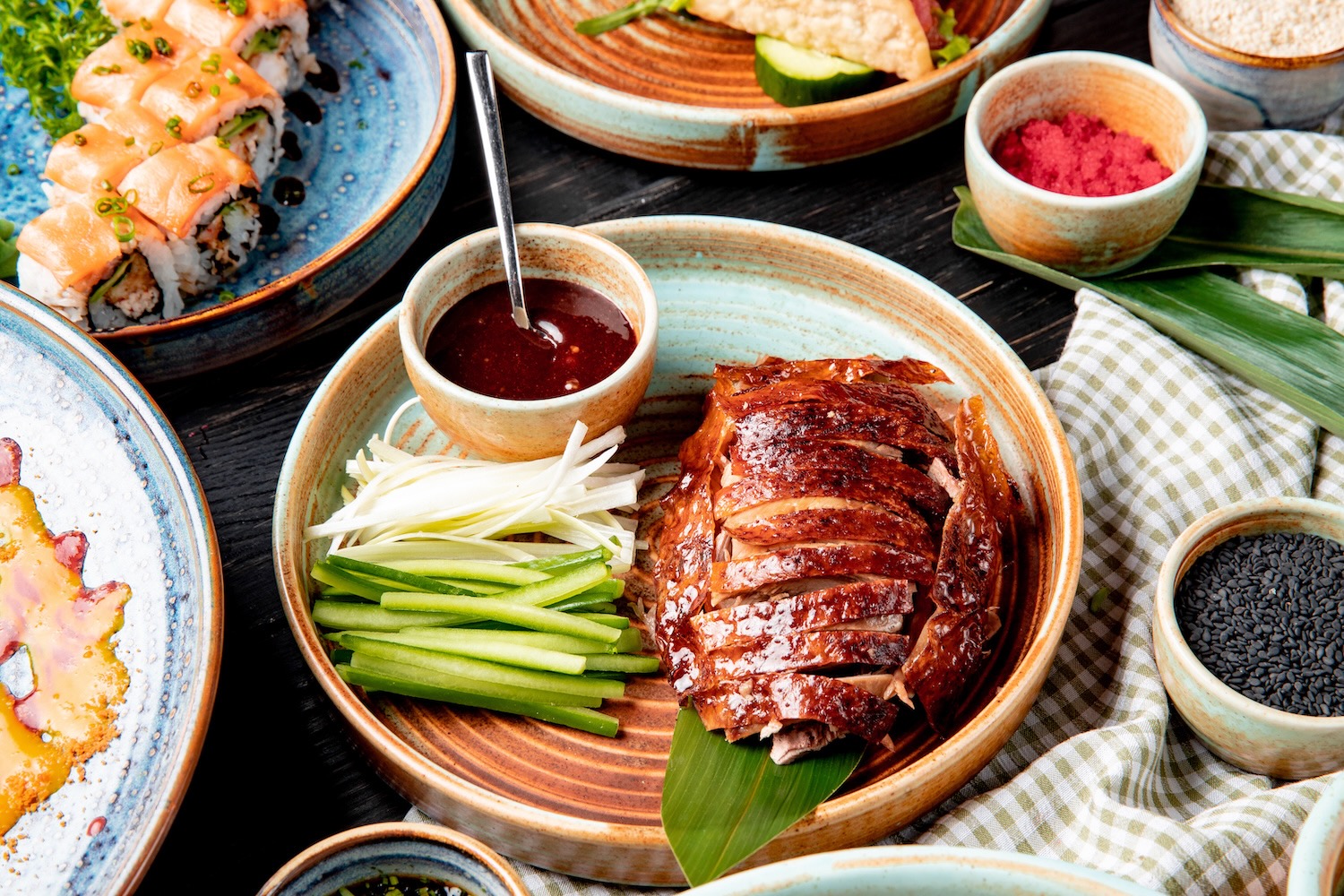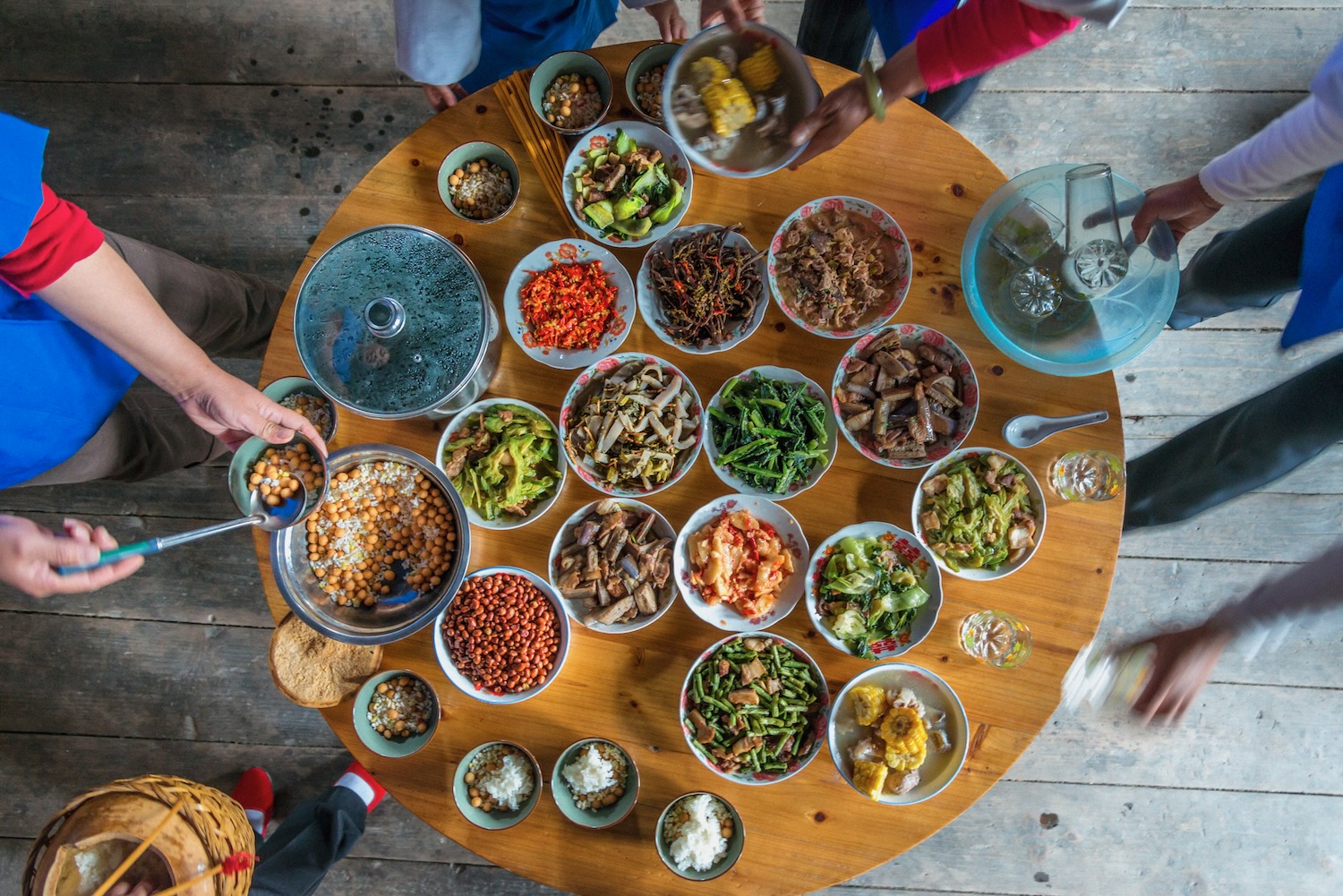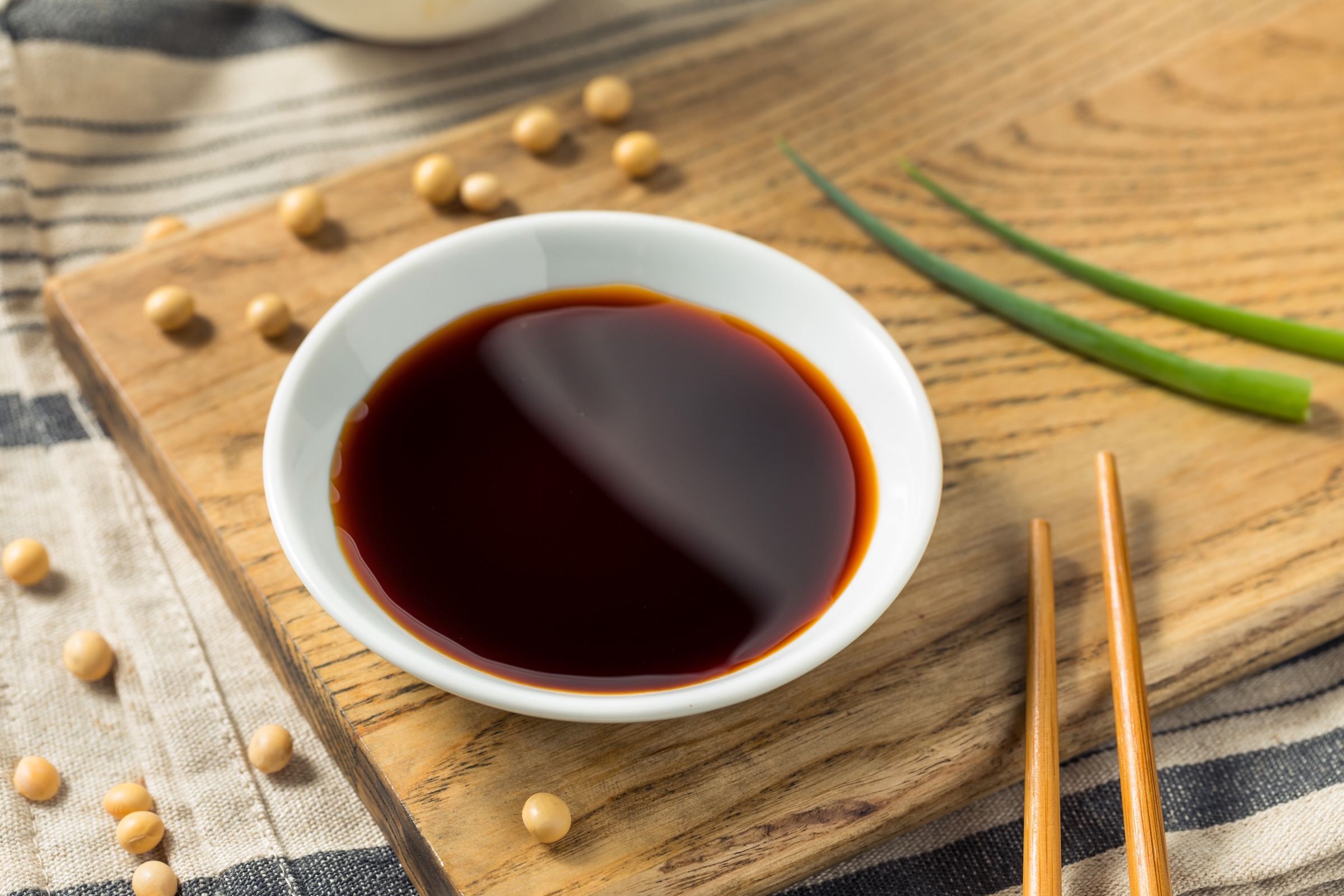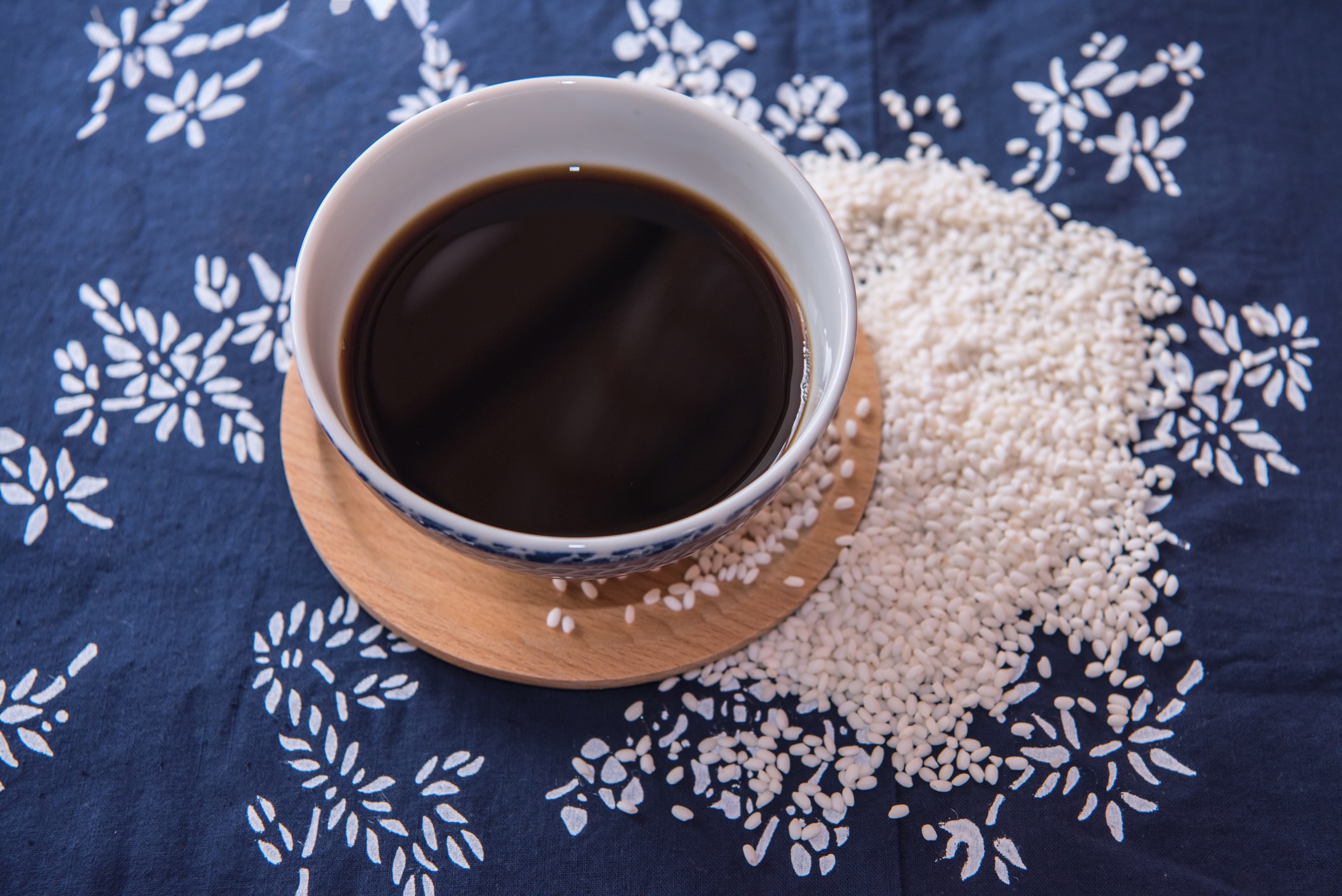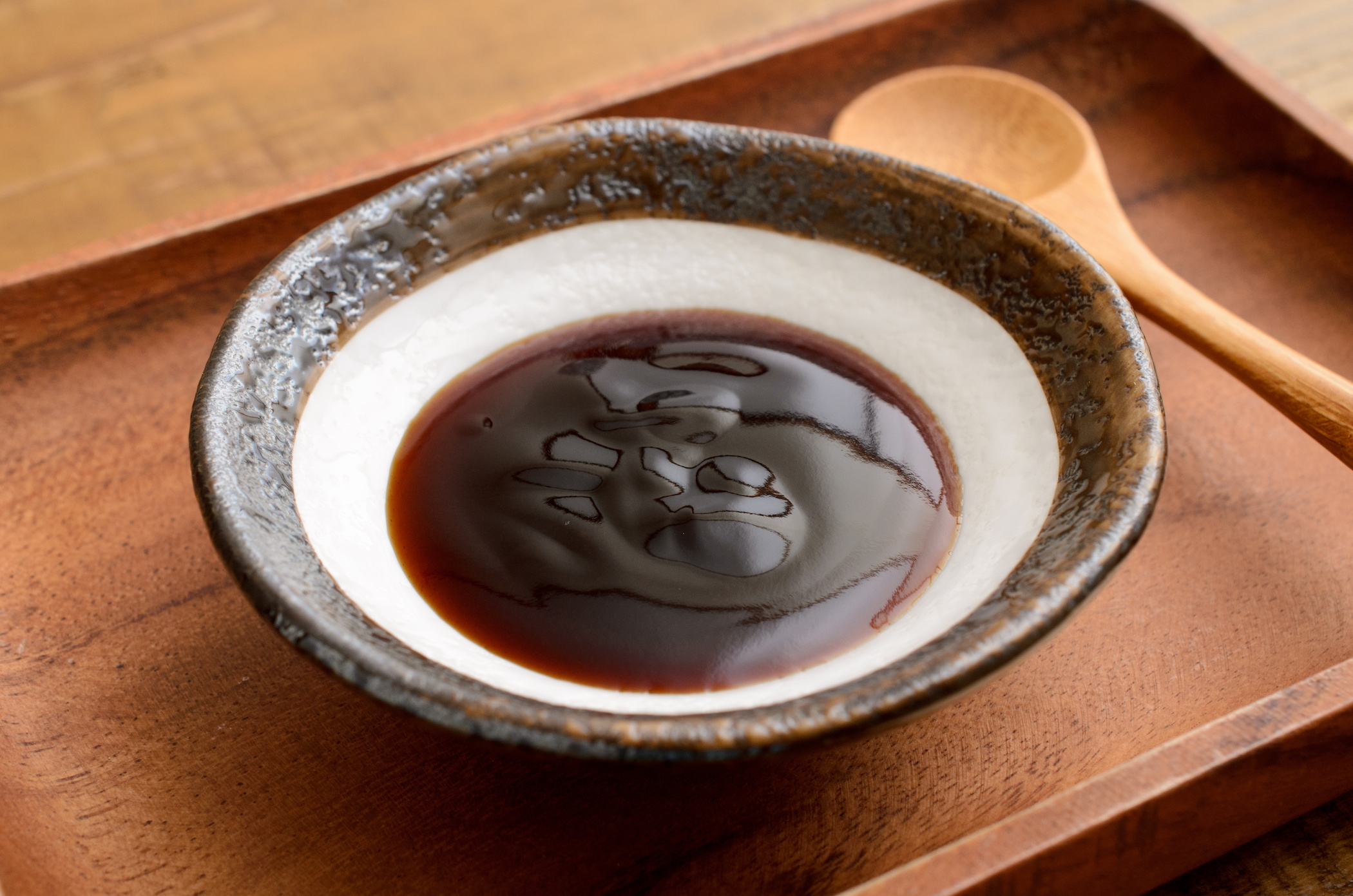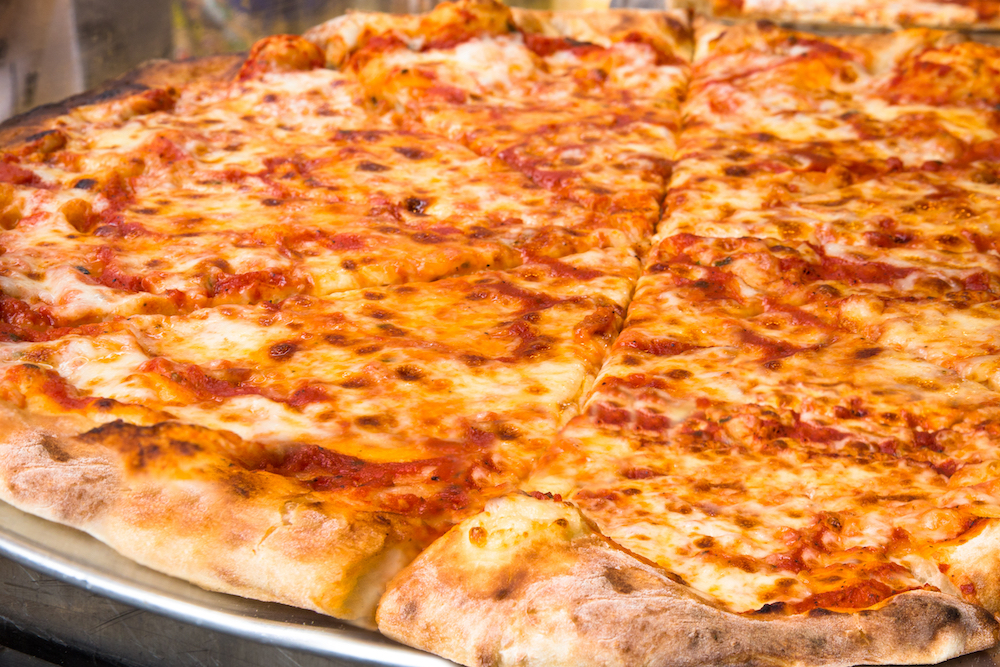
Whether you’re curling up on the couch to enjoy a movie, don’t feel like cooking after a long day at work, or are exploring a new city and want something familiar to eat, pizza is always a good choice. But while it might be a staple of American cuisine, its origins lie across the Atlantic Ocean in Italy.
From its ancient beginnings to all the versions that exist today, we’re taking a deep dive into pizza’s history and culture.
Who Invented Pizza?
The pizza we know and love today — with tomato sauce, melted cheese, and toppings — was invented in Naples, Italy in the mid-1700s. But the beginnings of the cuisine date back to Ancient Greece and Rome, where flatbreads topped with olives, onions, and other fresh ingredients were made. The dish most similar to pizza, and likely the basis of the pizza we know today, was focaccia.
So why did it take so long before someone topped it with sauce and cheese? Well, Europeans had to wait until they sent their explorers to discover the New World. Tomatoes didn’t grow naturally in Europe, so the explorers had to bring back the plant and learn how to cultivate it. Believe it or not, when pizza was first served in Naples to the dock and shipyard workers in the 19th century, it was seen as “disgusting.” It was considered a poor person’s dish that was eaten with your hands.
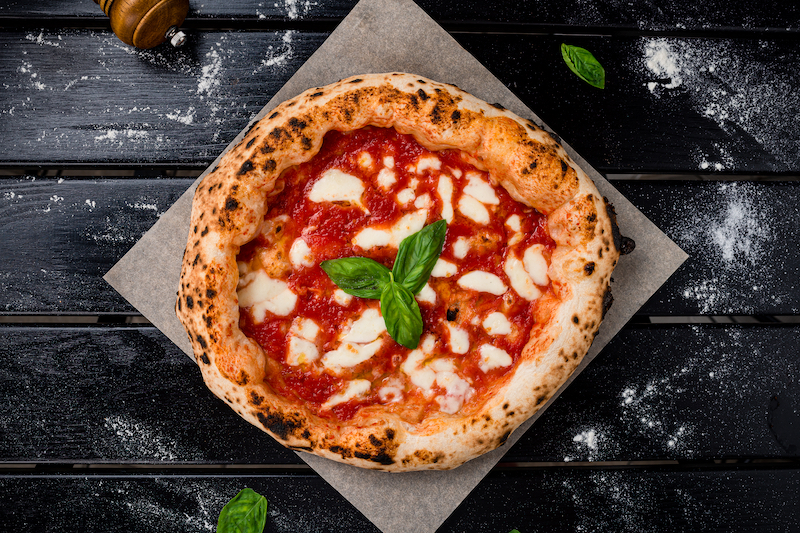
The Origins of Margherita Pizza
What we refer to today as Margherita pizza was originally created for Queen Margherita of Italy in 1889. After the unification of Italy in 1861, King Umberto I and Queen Margherita traveled to Naples where she requested a pizza made with tomatoes, basil, and melted mozzarella cheese. It was simple and tasty, and appropriate dubbed “Margherita pizza.”
Pizza Around the World
While pizza pies were invented in Naples, other cultures have created their own versions of pizza based on local ingredients and flavors. You’ll be surprised at just how many cultures and continents have dishes that represent the idea and anatomy of pizza. Below we’ll dive into some of those tasty variations.
United States of America
The classic slice of pizza dripping with grease and topped with pepperoni is a staple American food. It may even be more famous than the original Italian pizza pie! However, even traveling across the country, you’ll find different types of pizzas.
New York-Style Pizza
The U.S. wasn’t introduced to pizza until the early 1900s, when Italian immigrants made new homes in New York City and began opening restaurants. Over time, the dish adapted to what we chow down on today: large pizza pies with a thin crust and a variety of toppings.
Chicago-Style Pizza
Also known as deep dish pizza, Chicago-style pizza was invented in 1943 at Pizzeria Uno. The thick crust has a crisp crunch on the outside and a warm fluffy inside. You’ll often notice a rivalry between New York-style pizza lovers and Chicago-style pizza lovers.
Detroit-Style Pizza
Piggybacking on the Chicago-style pizza, the Detroit-style pizza also has a thick crust. However, this type of pizza is rectangular instead of round, and the cheese reaches the edges, eliminating the usual border. Detroit-style pizza is made with Wisconsin brick cheese and topped with tomato sauce. The toppings are also sometimes placed both beneath and on top of the melted cheese.
Europe
The birthplace of pizza undoubtedly has the tastiest and most authentic pizza pies you can find.
Neapolitan Pizza
In Naples, the birthplace of pizza, you’ll find the most authentic pies. They’re made with fresh ingredients on a thin crust that bubbles along the sides to contain the melted cheese and sauces, and you’ll never grow bored of the incredible topping combinations. It is common for these pies to be slightly burnt on the bottom, and for the sauce and cheese to be very liquidy.
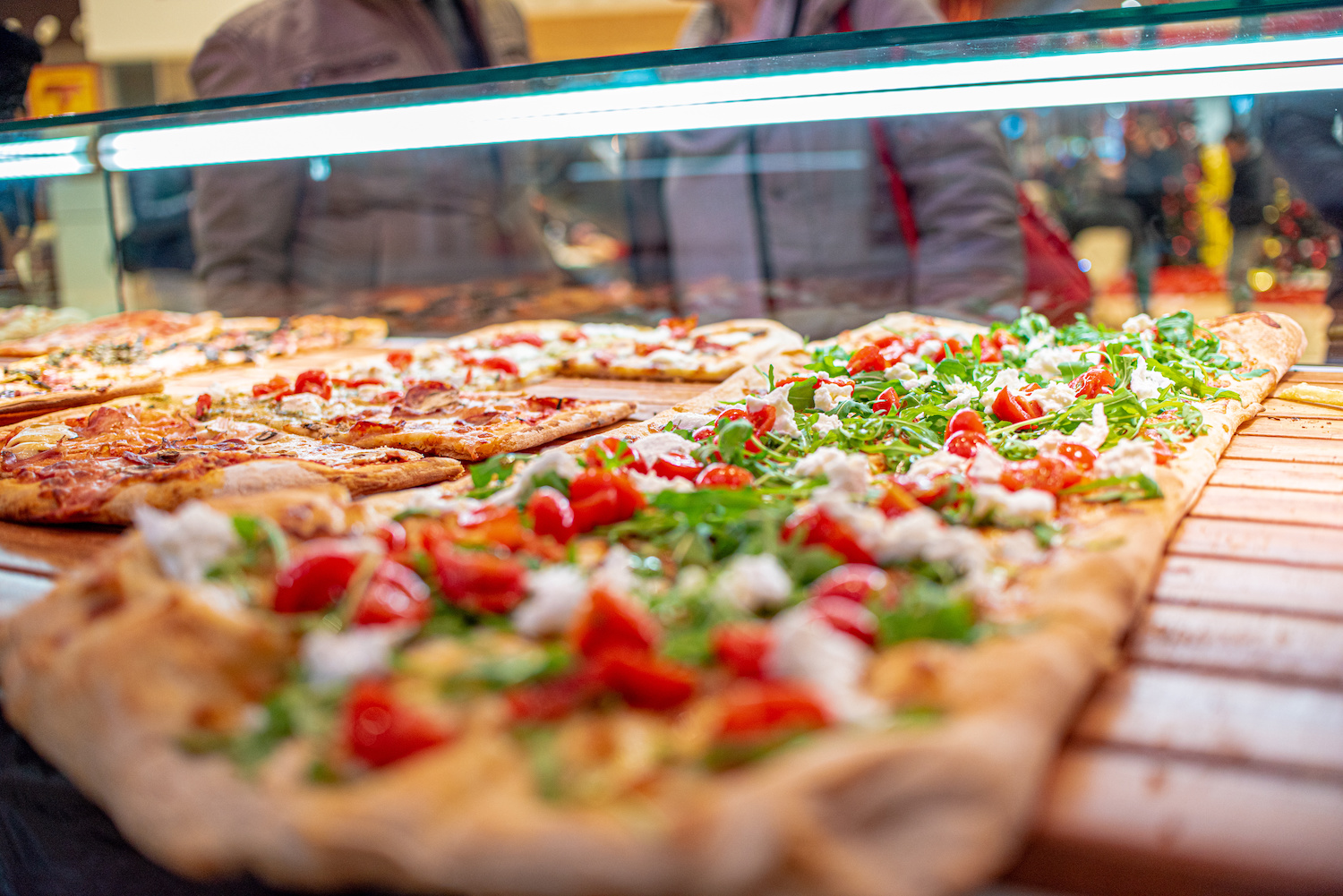
Roman Pizza a Taglia
Roman pizza has a thicker, crunchier crust than Neapolitan-style pizza. It’s pre-made, and you choose how big or small you want your slices at the counter. The toppings are endless: truffle, potato, ‘Nduja, etc.
Polish Pizza
Polish Zapiekanka
There is a variation of pizza in Poland called zapiekanka, which was introduced in the 1970s. While it has the structure of an open-face sandwich, the relation to pizza is strong. Made on a long piece of sliced baguette, zapiekanka is topped with melted cheese, mushrooms, ham, and ketchup. It’s a common street food for many Polish people.
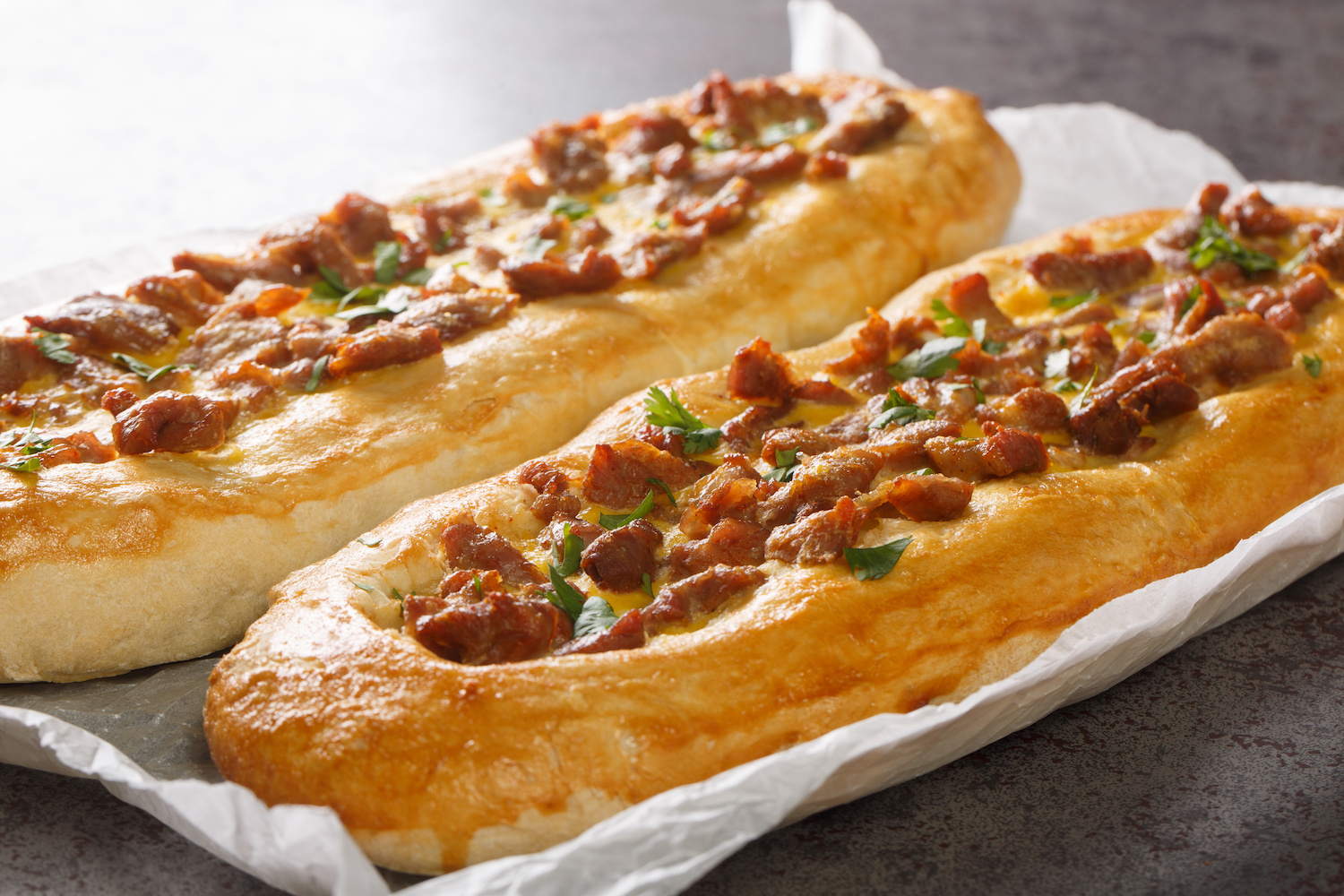
Macedonian Pastrmajlija
This boat-shaped fluffy dough is often filled with meat, cheese, and fried eggs.
Middle East
Middle Eastern countries may not serve pizza as we know it, but instead make flatbread with a variety of toppings, creating a pizza-like cuisine.
Manakish
Originating in the Levant region, this flatbread is a popular dish for breakfast and lunch. It’s topped with za’atar (a mixture of roasted sesame seeds, sea salt, mountain thyme, and sumac), white cheese, fermented yogurt with spices, or ground meat. Like a pizza, manakish can be eaten sliced or folded, and always with your hands.

Lahmacun
Served in countries like Turkey, Lebanon, Syria, and Armenia, lahmucan is a Middle Eastern pizza-like flatbread dish. The flatbread is topped with several ingredients, including minced meat, vegetables like tomatoes and red peppers, herbs, and spices such as chili and paprika.
Asia
Adjaruli Khachapur
Originating in Georgia, adjaruli khachapur is a savory and salty dish. The bread dough is molded into a boat shape to contain imeruli and sulguni cheeses, and an egg yolk is placed on top. It’s often served with melted butter to increase its savory flavor.
Okonomiyaki
Traveling all the way to Japan, you’ll find a pizza-like dish called okonomiyaki. While it may not resemble the pizza you’re used to in the U.S., it’s just as tasty! Okonomiyaki is a wheat flour pancake that is topped with a variety of ingredients, including cabbage, meat, seafood, pickled ginger, Japanese mayonnaise, and aonari.
Handmade Pizza Delivered Right to Your Door
We live in an age where you can have a mediocre pizza delivered to your door in 30 minutes or less. But if you’re a true pizza lover who cherishes the history, technique, and ingredients that go into a finely made pizza, you’ll appreciate receiving a homemade pizza instead.
Whether you want to try a traditional Italian pizza or become a bit more adventurous with pizza-like dishes from around the world, you can find your next savory pie on Shef.
Discover which delicious meals are available in your area today. Order now!

